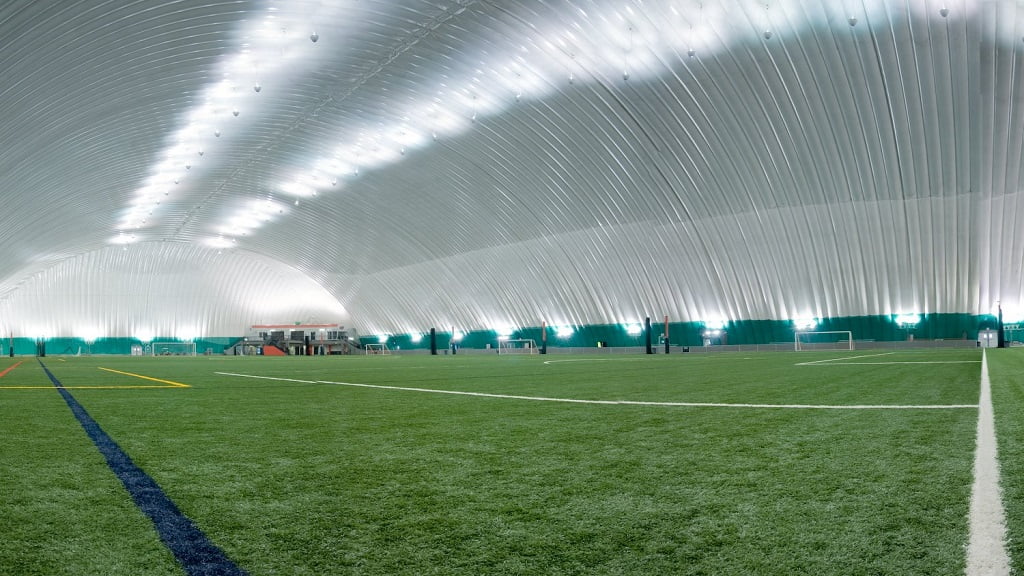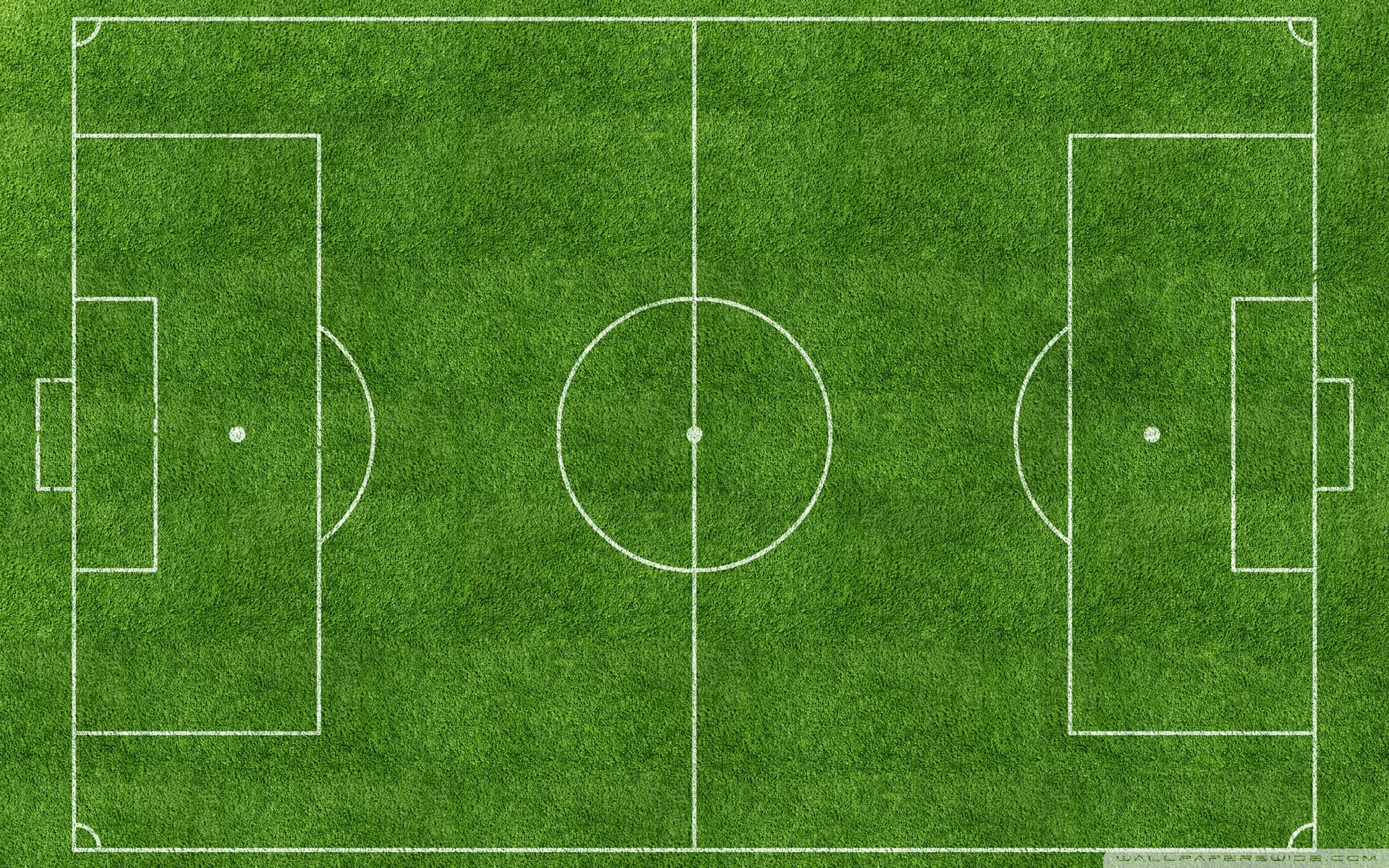Football, known as soccer in some countries, is governed by a set of standards that ensures fair play and consistency across games worldwide. One of these standards is the size of the football pitch, which plays a critical role in the dynamics of the game. This article explores the official regulations regarding football pitch dimensions, the variations allowed for different levels of play, the importance of adhering to these measurements, and how pitch sizes affect gameplay.
FIFA’s Standard for Pitch Size
FIFA’s Guidelines
The International Football Association Board (IFAB) — the body that determines the laws of the game — stipulates official dimensions for a football pitch. FIFA, the global governing body for football, upholds these regulations. According to FIFA, the length of a pitch should be between 100 meters (110 yards) and 110 meters (120 yards), while the width should be between 64 meters (70 yards) and 75 meters (80 yards). However, international matches often require a pitch that is between 105 meters (115 yards) long and 68 meters (74 yards) wide.
How Measurements Affect Official Matches
Regulation sizes ensure a standardized playing field for official matches, from local club games to the World Cup. By adhering to these guidelines, players and teams can prepare and perform under uniform conditions, and it’s crucial for the pitch to meet these dimensions in high-stakes competitions. If a pitch does not meet the regulatory measurements, it risks the game’s invalidation or may require rescheduling, leading to delays and increased costs.

Adapting to Different Levels of Play
Youth and Amateur Adjustments
At youth and amateur levels, there’s greater flexibility in football pitch sizes to accommodate the participants’ age and skill levels. Smaller pitches are used for younger players to ensure the game remains manageable and enjoyable. For instance, a pitch for a group under 12 years of age might measure approximately 50 meters (55 yards) by 80 meters (88 yards). Recognizing these variances characterizes the adaptability of football rules to foster development and inclusivity.
Aligning With Other Organizations and Leagues
Various football organizations and leagues may implement their own requirements for pitch dimensions, often falling within the range set by IFAB. For instance, the UEFA (Union of European Football Associations) and CONMEBOL (South American Football Confederation) may apply slightly differing regulations for their competitions. Checking specific league or association requirements is essential for facilities hosting games under their jurisdiction.

The Necessity of Accurate Measurement
Tools and Techniques for Ensuring Accuracy
Maintaining precise measurements of a football pitch is critical and requires specialized equipment and techniques. Groundstaff often use measuring tapes, laser devices, or GPS technology to ensure that the pitch complies with the necessary standards. Painting the lines with precision is equally important, as inaccuracies can affect the regulation of the game and potentially its outcome.
Preparing for Inspections
Before hosting official matches, especially at the professional level, a football pitch may undergo an inspection to verify it meets all the required standards. Inspectors will check pitch dimensions, grass quality, and additional elements such as goalposts and corner flags. Ensuring that a pitch passes these assessments avoids last-minute corrections and the associated stress or embarrassment.

Impact of Pitch Size on Gameplay
Strategy and Tactical Considerations
The size of a football pitch can have significant implications on the tactics and strategies adopted by teams. Larger pitches typically favor teams with a strong physical conditioning, providing more space for quick players to exploit. Conversely, smaller pitches might benefit teams with a compact defensive strategy, as there is less space for opponents to maneuver. Coaches and players must adapt their tactics depending on the ground they are playing on.
Physical and Psychological Effects on Players
The pitch size also affects the physical demand on players, with larger pitches requiring greater stamina and endurance. This can influence a team’s fitness preparation or squad rotation. Moreover, the psychological impact cannot be underestimated, as players might feel more pressure when playing on a larger field, or conversely, more confident on smaller pitches that better suit their style of play.

Ensuring Fair Play with Standardized Measurements
Consistency Across Competitions
Standardized pitch sizes guarantee that the basic conditions of the game remain consistent, no matter where it is played. This consistency is vital in maintaining the integrity of football as a sport where skill and teamwork determine the winner, not the variations in the playing field. For tournaments involving multiple venues, such as the World Cup or regional championships, ensuring each pitch adheres to the official dimensions provides a level playing ground for all competitors.
Impact on Players and Match Officials
Players train and develop their skills within the constraints of standardized pitch sizes. When they compete on a regulation-sized pitch, their training translates directly to performance in the match. Similarly, match officials rely on standard pitch dimensions for accurate decision-making, particularly with offside rulings and the placement of set pieces. Deviations from the standard sizes could affect the outcome of the game and ultimately challenge the fairness intrinsic to the sport.

Pitch Size Adaptation for Special Events
Flexibility for Friendly Matches and Exhibitions
While official matches must adhere to strict size regulations, friendly matches and exhibitions have greater flexibility. These events can adjust pitch dimensions to cater to specific objectives, like promoting player accessibility or testing new rules. This adaptability showcases football’s versatility in evolving with players’ needs and the demands of the sport, while still respecting the essence of the game.
Heritage and Future Considerations
Some historic venues might have existed before the establishment of current regulations, making it challenging to alter their pitch size. These grounds are often grandfathered into the rules, allowing football to honor its heritage sites while looking toward future innovations. As the game continues to evolve, pitch size regulations may also adapt, providing an ongoing conversation about how best to serve the sport and its global community.
In conclusion, the size of a football pitch is a fundamental part of the game’s organization, influencing everything from the development of youth players to the outcomes of elite matches. Understanding and adhering to the official dimensions are critical for ensuring that football games are fair and standardized. Groundkeepers, teams, and organizers all play pivotal roles in maintaining these standards, which in turn support the integrity and universality of the beloved game of football.


